Loading...
Farmington Settlements
Two small villages, Fillmore and Boltonville, sprang up around industry and population centers in the mid-nineteenth century. Other settlements were St. Michaels, Cheeseville, Orchard Grove, and lesser-known, Gronnenberg, all small hamlets of industry and settlement at crossroads in the community. Historic plat maps can be viewed online, courtesy of Washington County and the Washington County History Center.
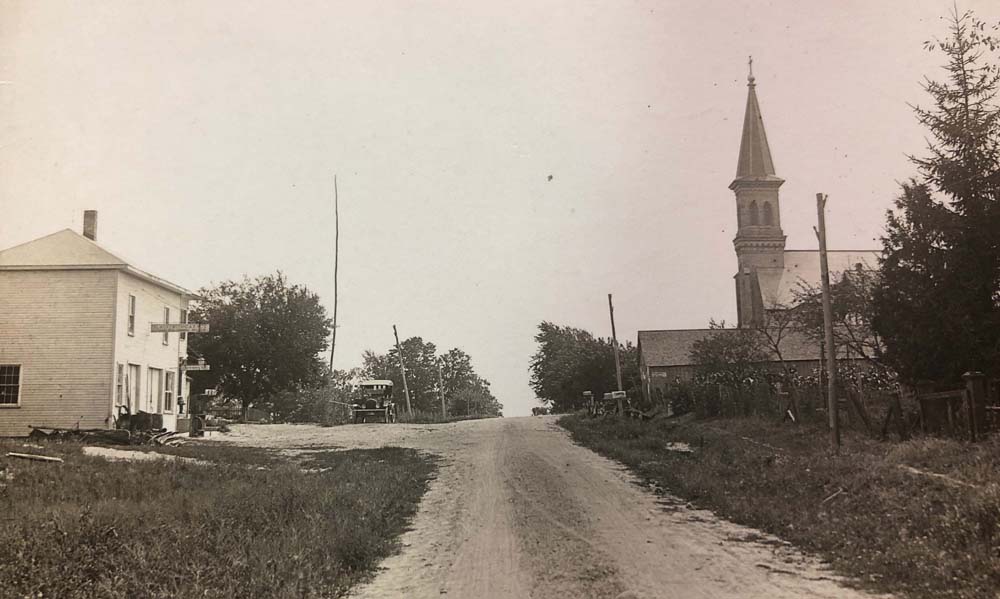
ST. MICHAEL'S
St. Michaels was settled by a group of German Catholic emigrants who left their little village of Strohn, Prussia, Germany, and came together to Wisconsin in 1846, led by Michael Rodenkirch. This church community at the crossroads of Highway 28 & Forest View Road is at the western border of Farmington. St. Michael's lies half in the Town of Farmington and half in the Town of Kewaskum. Pictured is the third St. Michael's Church; the first church was located one mile south at the corner of Highway H & Forest View Road.
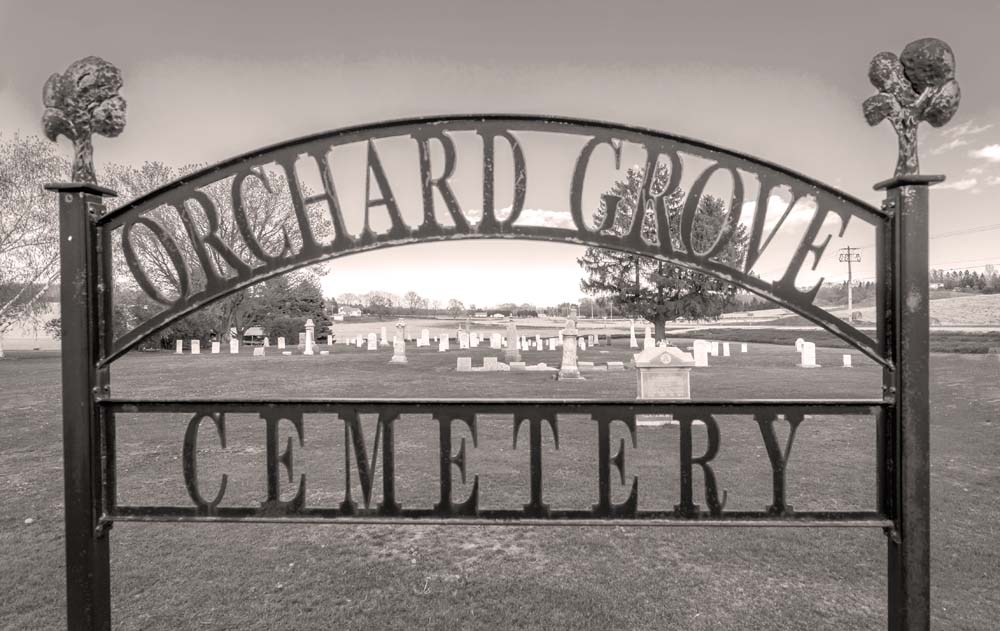
ORCHARD GROVE
At the intersection of Highways H & HH (Wescott Road) is Orchard Grove, a little hamlet that was the home of the Wescotts, the first family who settled the area in 1846. Orchard Grove is the site of the first county cheese factory, built in 1871. The school, which is a private home today, was built in 1918 and closed in 1966. The cemetery is the historic first community cemetery with graves of some of the earliest settlers, some born in the 18th century. Orchard Grove is the childhood home of novelist Glenway Wescott who wrote The Grandmothers, and Goodbye, Wisconsin, among others.
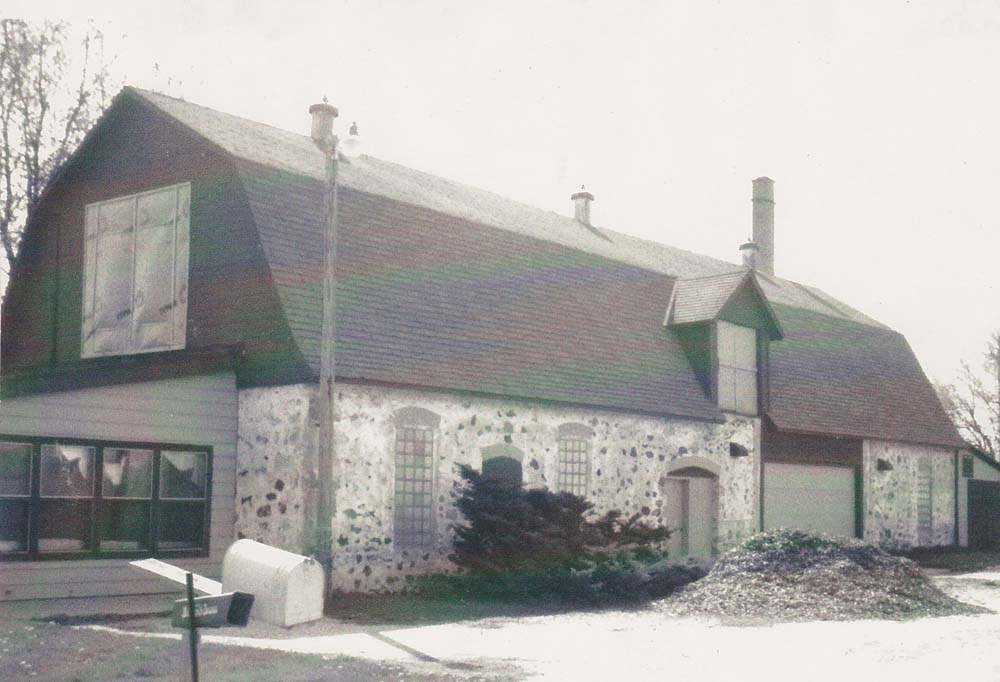
CHEESEVILLE
The intersection of Trading Post Trail & Highway A is known as Cheeseville, named for the Cheeseville Dairy. The dairy was built in 1881 by William Horner, already a 2nd generation Wisconsinite. The Cheeseville School was first a log building in 1850, but it was outgrown and rebuilt as a frame structure in 1859. It was rebuilt in brick in 1912, and is a private home today. Cheeseville School was the first school in the county to have indoor plumbing and was known as the “best-equipped” school. Across from the school is the beautiful 1862 fieldstone farmhouse, built by O.D. Norton. Norton was a pioneer in Farmington Township, serving on the first Town board in 1847.
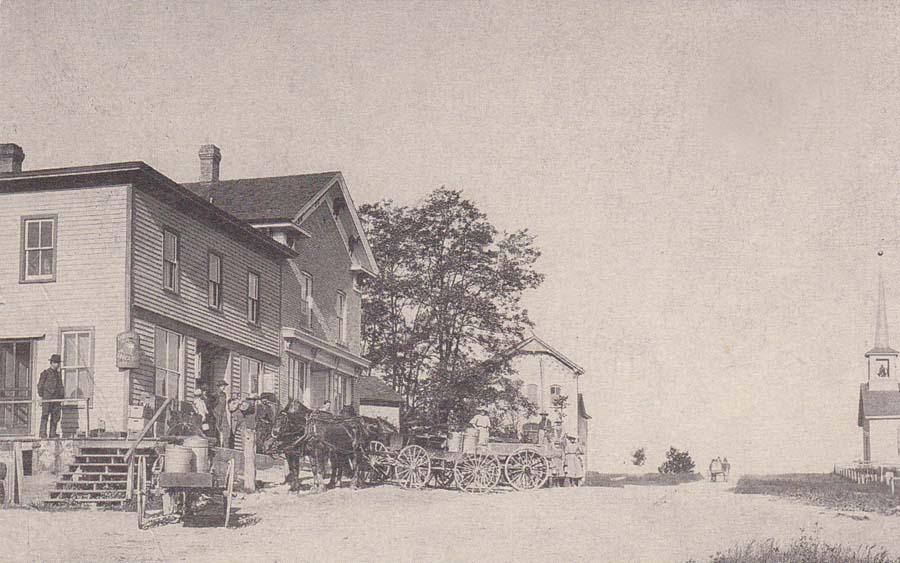
BOLTONVILLE
Yankee settlers can be credited for the development of Boltonville. Names like Bolton, Duncan, Wendel, and Schuler established the first businesses that were vital in supplying the needs of the farming community. The area continued to develop with a mix of Irish, Scottish, Yankee, and mostly German immigrants. This busy hamlet contained saw and grist mills, two hotels, two wagon shops, two general merchandise stores, and a cheese factory. The Diesterhaupt brick yard and the Voight brick yard supplied the cream-colored brick for the numerous brick buildings in the area. The Boltonville Church, nearby St. John of God Church, the Modern Woodmen Society, the Skat Club, a literary society, and 4-H clubs provided social and gathering outlets.
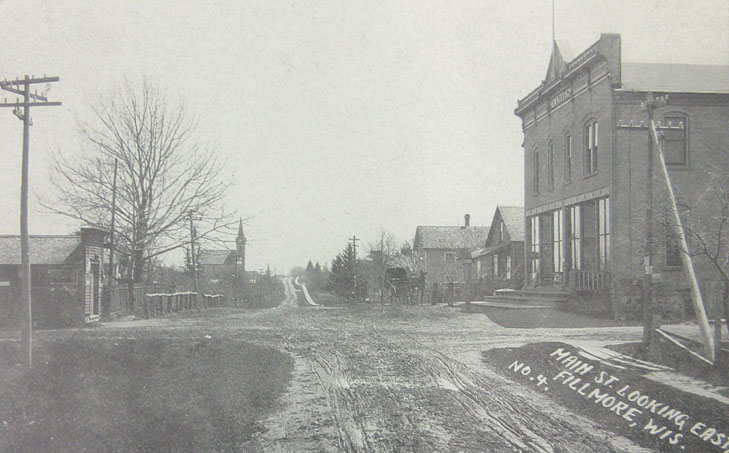
FILLMORE
Early settlers arrived in the Fillmore area in 1846, and by 1848, they had established a trading post for bartering and exchanging with the native Indians. Immigrants were predominantly Saxon Germans. Ernest Klessig built the Saxonia House as an inn & brewery and meeting place for new settlers. The recreational association Turn Verein was organized, and their hall was built in 1862. The hall remains today, and the Turners continue to sponsor recreational activities, especially baseball. At one time, Fillmore, named for President Millard Fillmore, had two general stores and two cheese factories. In addition, wagon, blacksmith, harness, millinery shops and other businesses served the neighboring community.

GRONNENBERG
Before St. Michael's was settled, a settlement was established about one mile north. At what is now the intersection of Moraine Drive & Forest View Road, in the northwest corner of Farmington, there was a place called Gronnenberg. It is not known why it was called Gronnenberg; it may have been from the nearby settlers named Grohs or Gross.
At its height prior to 1900, it boasted a cheese factory, a blacksmith shop, two taverns, a stock farm, and several houses. Three houses, a barn, and the former cheese factory building are all that remain of the original settlement. The small cheese factory building is vacant but still standing.

